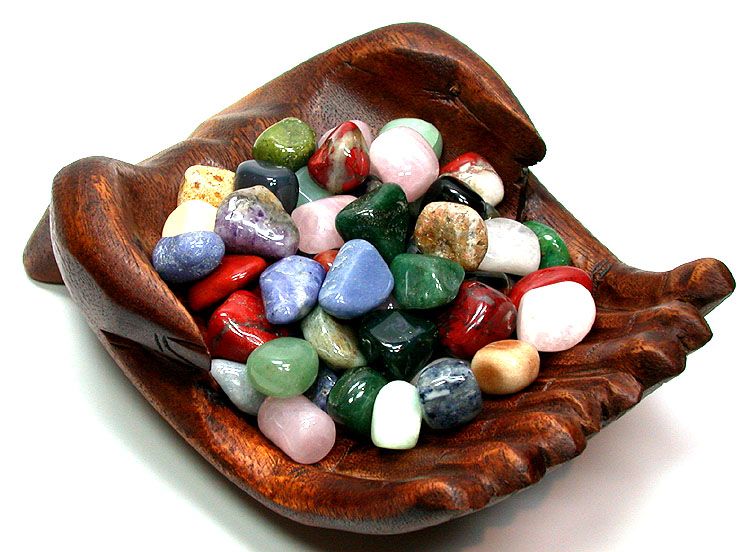Autoregulate Your Habits: A Guide to Self-Management
- Details
- Written by Leo Babauta

When most people try to start a new habit — like exercise, meditation, waking early, journaling — they tend to try to go as hard as they can. And in doing so, they set themselves up for failure.
I have a friend who wanted to start running, for example. Every time they ran, they would do it as fast as they could, so they were always really winded. That’s Too Fast, Too Soon (title of my new action movie franchise). It’ll lead to failure for most people.
Another person I talked to wanted to start waking up at 5am, two hours earlier than they were usually awake. They said they were worried they wouldn’t be able to stick to it for long. I agreed: you could probably do it for a few days, but you’ll crash and burn, most likely.
Now, going hardcore is possible, if you dedicate your entire life to this one change, and reduce all other commitments and stressors. You’d have to set up a lot of structure and support to make it work. But your odds of long-term success go way down, just like a crash diet.
So I always recommend starting small. But there’s a more sophisticated technique, that I call “autoregulation” (borrowed from biology) that I’d like to share with you.
Here’s how it works, in brief:
- Start the habit small — let’s say 15 minutes of easy exercise, or wake up just 5 minutes earlier than your normal time on Day 1.
- Increase the next day, if you were successful. For the exercise example, increase by 2 minutes a day. For waking early, wake another 5 minutes earlier on Day 2.
- Continue to increase the habit if you’re successful.
- Decrease the habit if you miss a day. So if on Day 3 you wanted to wake up at 6:45am, but didn’t wake up until 7:30 … on Day 4, set your alarm for 6:50am. If you missed a day of exercise, decrease the exercise time by 2 minutes the next day. It’s important not to see this as a punishment for failure, but rather an adjustment for your long-term success.
- Take a full day off if you’re tired, stressed, or too busy. Start the next day if at all possible, with a decrease in the habit (see #4).
If you follow this autoregulation method, you’ll make your habit easier when it’s needed, and make it more difficult when you have the capability to handle it.
Some days, you’re just busy, or tired, or stressed. On those days, take a break. Then come back the next day with a decreased habit goal (exercise 2 minutes shorter, wake 5 minutes later, etc.) to make it easier on yourself.
Some days, you have lots of energy and focus. On those days, it’s entirely appropriate to get to continue to increase the habit, slowly.
Using this method, you’ll increase your habit slowly, at a pace that’s appropriate for your capacity. If your body can’t handle increasing the exercise, take a break and then come back with an easier target.
This time-based approach works for a lot of habits: meditation, journaling, writing, learning a language. It doesn’t work as well if you’re changing your diet, but you can still use the same principles: slowly move closer to your target eating pattern each day, but give yourself breaks and slow down your progress as needed.
If you’re trying to procrastinate less, this can work too — start a daily habit of doing short focus sessions (start with 10 minutes, once a day) and increase by 10 minutes as long as you’re able to stick to the plan. For example, on Day 2, do a 20-minute focus session. On Day 3, do one 10-minute focus session and one 20-minute focus session. On Day 4, do two 20-minute focus sessions. Keep adding 10 minutes as long as you stick to it. If on Day 5 you don’t do the focus sessions, decrease by 10 minutes on Day 6.
At some point, you should stop increasing — perhaps when you get to your goal (waking at 5am, exercising for 40 minutes a day, etc.). But it’s possible your goal will change as you do this, and you can find the level that’s right for you to stop increasing through this method of slow change.
So that’s the autoregulation method for changing habits. It’s a compassionate approach that’s meant to increase your odds of long-term success. Give it a shot!
Btw, if you’d like to practice with others, I created The Practice in my Fearless Living Academy — to have our members practicing with this together, with structure, accountability and community. Come join us!
Posting on CrystalWind.ca ©2024. All rights reserved. Please do not reproduce any content without written permission. The article's title was crafted by CrystalWind.ca.
Liked this article? Dive deeper into personal growth and wellness! Check out CrystalWind.ca for spiritual wisdom or explore AromaWorx.ca for natural well-being tips. Spread the positivity—share this with friends on their happiness journey!
Let’s Chat! Drop Your Thoughts Below! ![]()
Latest Articles
Dive into the Mystical World of the Crystal Wind Oracle Deck!
Get All the Enchanting Details Now!
NEW Expanded Boxed Edition!
Now with 58 Cards for Richer Wisdom!
Imagine a world of inspiration and healing, free for all—made possible by YOU!
Donate Now—Ignite the Magic at CrystalWind.ca!

Epilepsy - Finding A Cure
Your donation can make a difference!
Help us find a cure – donate now!
Unlock Your Light: Join Lightworkers Worldwide on CrystalWind.ca!
Follow Us!
Featured This Month
Lammas by The Hedgewitch
Although in the heat of a Mid-western summer it might be difficult to discer... Read more
Lugh - Celtic God Of The Sun
The god Lugh was worshiped in Ireland as a deity of the sun. This connection... Read more
Egyptian Zodiac/Astrology
Egyptian astrology was one of the earliest forms of astrology. The Egyptians w... Read more
Chalcedony
The Stone Of Orators Chalcedony was very popular as a decorative stone in ant... Read more
Sun in Cancer
Cancer Sun Sign Characteristics Overview The name "Cancer" comes from Latin, ... Read more
Abalone Shell
Echos Of The Ancestors Abalone strengthens the structure of the body and th... Read more
Cancer Mythology
The Mythology of Cancer: A Celestial Tale of Loyalty and Sacrifice Among th... Read more































































































































































